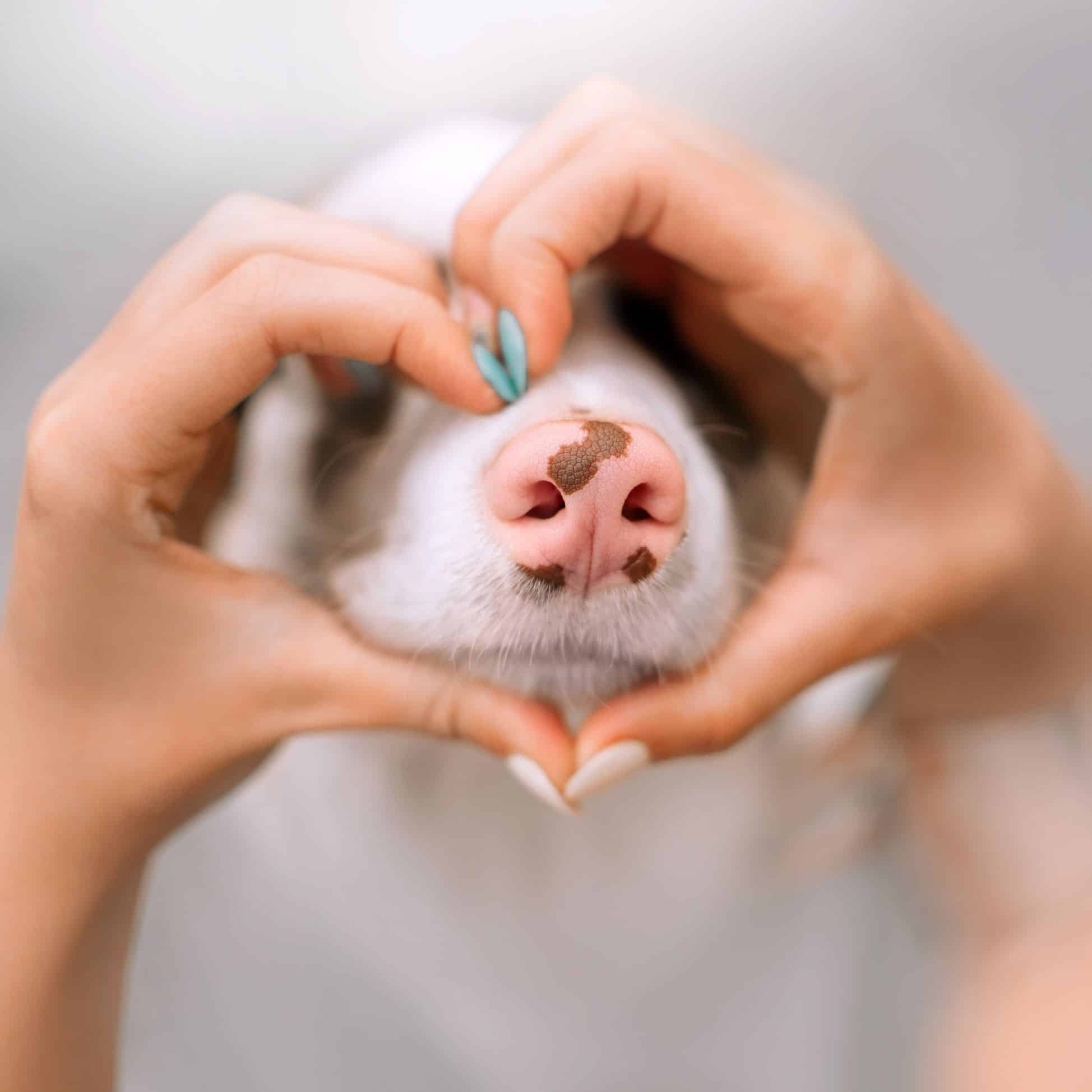Do Dogs Really Have More Sensitive Noses Than Cats?

There’s a reason your dog pauses every 10 feet during your walk to sniff something invisible: his dog sense of smell is staggeringly sensitive, and it helps him understand the world around him.
Likewise, your feline uses her cat sense of smell to distinguish between people and other pets in your household.
Our pets use their sense of smell the way we use our sense of sight, and our team at Beverly Hills Veterinary Associates is here to help you understand your pet’s highly-attuned sense of smell. As for which pet wins the battle of the noses, read on to find out!
The Science Behind Dog Sense of Smell
There are many factors that contribute to this canine superpower. Your pooch’s cute little proboscis is always wet because that moisture serves a purpose: it traps scent particles. Another adaptation dogs have is that each nostril can detect odors independently of the other, giving dogs a directional advantage. And while the noses of humans and dogs both contain olfactory receptors, your dog’s nose has a whopping 300 million, but our noses have just 5 million.
Dog Breeds with the Best Sniffers
While all dogs have a far better sense of smell than we do, certain breeds, like hunting dogs and breeds used by law enforcement, tend to have a genetic advantage.
Here are some of the top breeds with the best sense of smell:
- Bloodhounds
- Basset hounds
- Beagles
- German shepherds
- Labrador retrievers
- Belgian malinois
Cat Sense of Smell
We’ve talked about dog sense of smell, but cat sense of smell is nothing to sneeze at! Cats have about 200 million olfactory receptors in those cute little noses we love to boop, which makes their sense of smell 14 times more sensitive than ours. So why don’t we see bomb-sniffing cats? With advancements in cat training, maybe we will someday!
Dog Sense of Smell vs. Cat Sense of Smell
Head-to-head, how do the noses of cats and dogs compare? Dogs win the battle of the olfactory receptors, with an average of 300 compared to 200 in cats. But recent studies have shown that cats have the upper paw when it comes to the ability to distinguish between similar scents. If we go a little deeper into the science of scent receptors, we find there are three types, and the type responsible for distinguishing between scents is called V1R. Humans have two V1R receptors; dogs have nine. Cats? A phenomenal 30, so chalk one up for felines!
Protect Those Precious Noses From the Sniffles
As important as your pet’s sense of smell is, it’s crucial to keep that nose—and the rest of your pet’s body—as healthy as possible. Maintain routine wellness examinations, and always have your pet checked out if he or she displays unusual physical or behavioral changes.
Please contact us to schedule a visit or if you have any questions or concerns.
